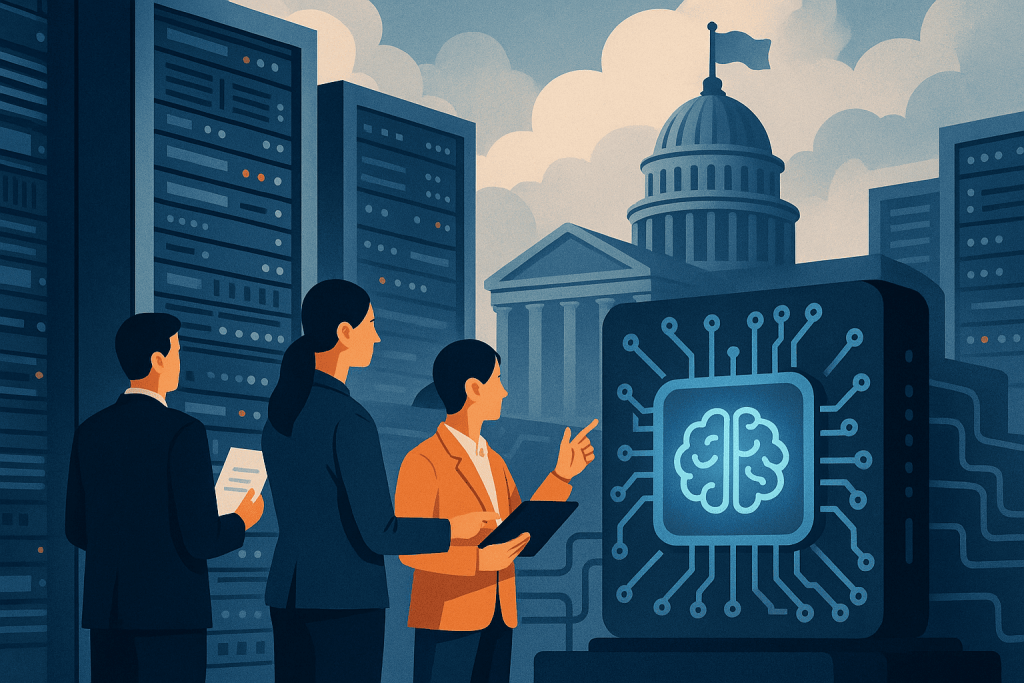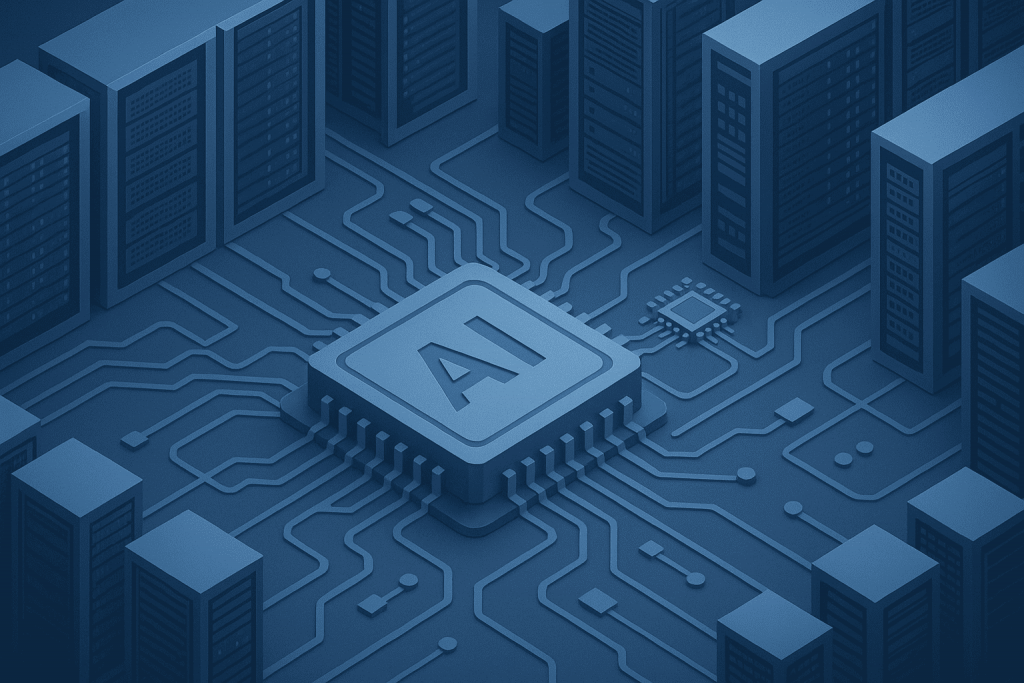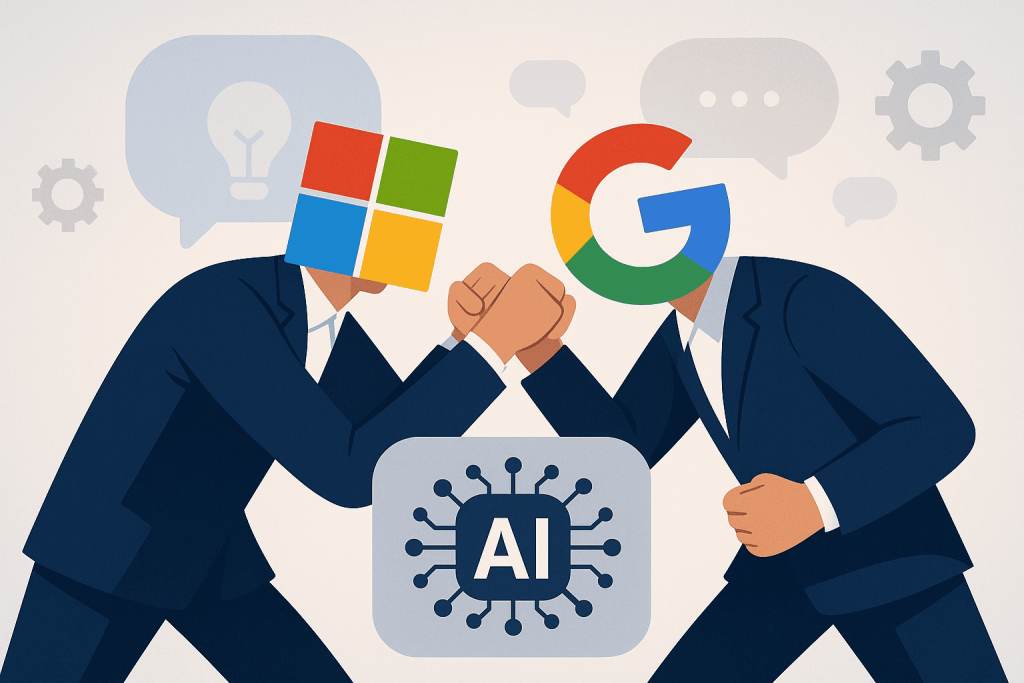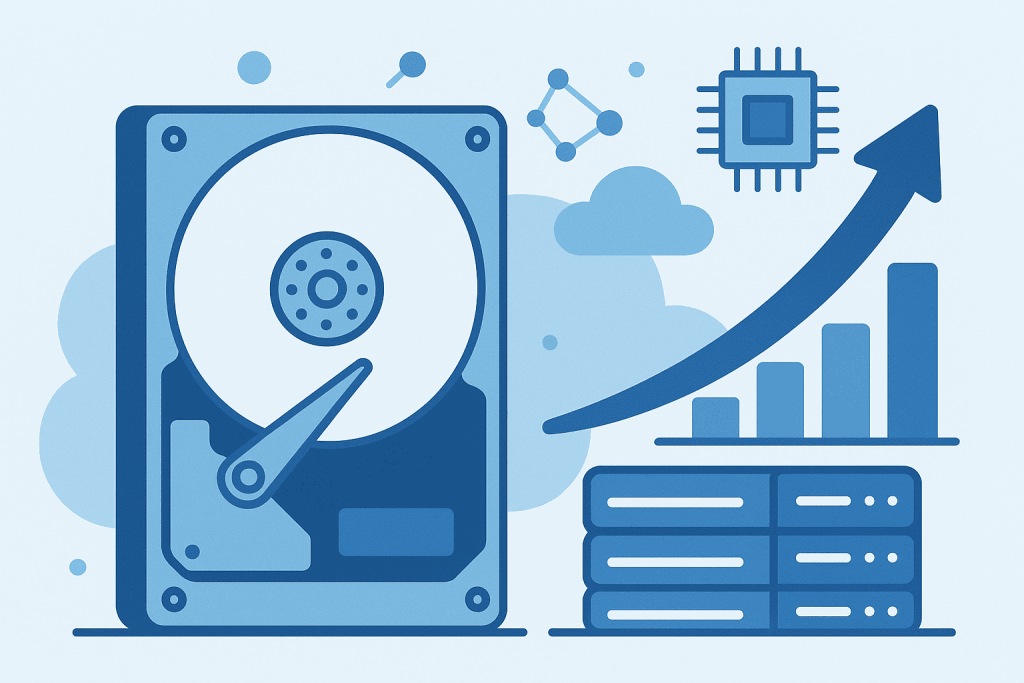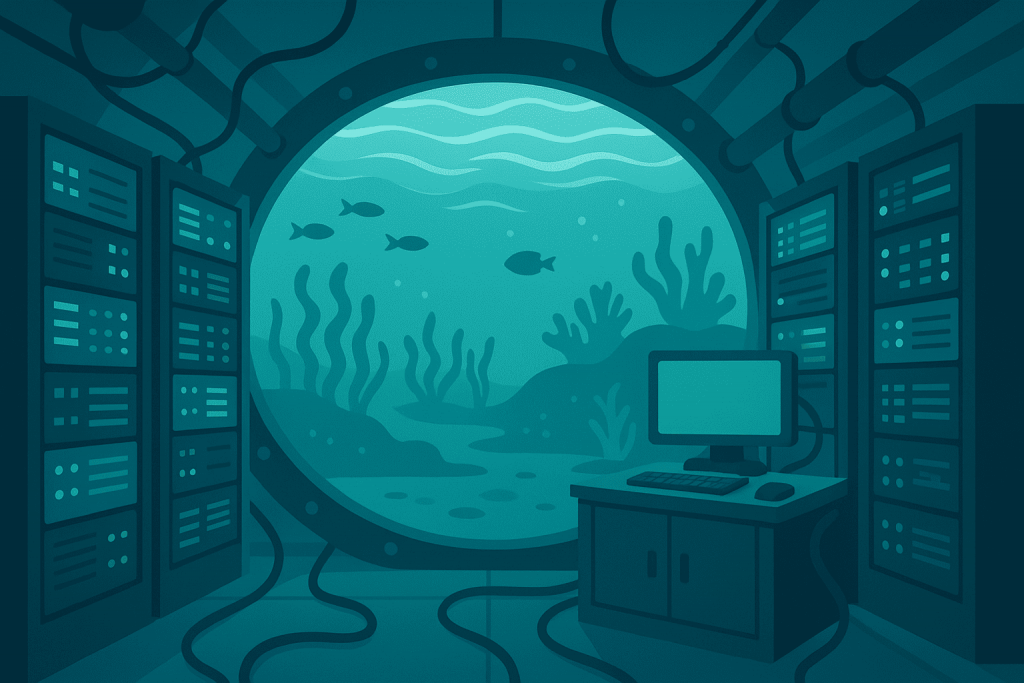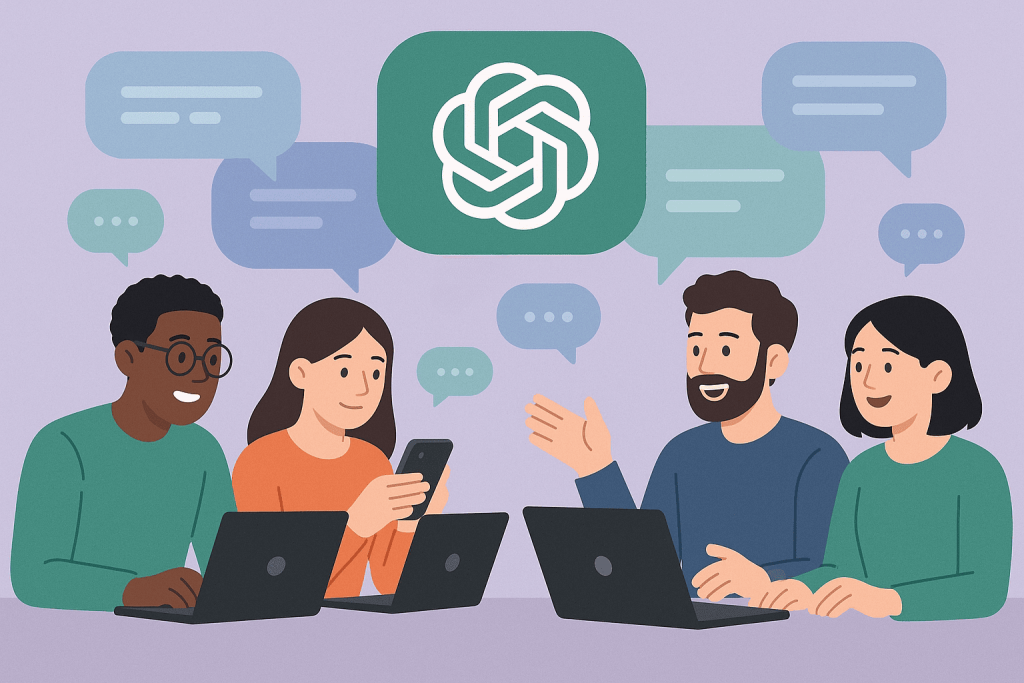
Group chats in ChatGPT have become one of the most notable new capabilities of artificial intelligence. If earlier interaction with the model happened in a “user — AI” format, now several people can join the dialogue simultaneously. This changes not only the communication format but also the very logic of interaction between people and a digital assistant. A group chat works as a space where artificial intelligence participates in team discussions, helps coordinate work, generates ideas, and reduces the workload on participants. To understand why this matters, it is worth examining how such chats function and in which situations they bring the greatest value.

